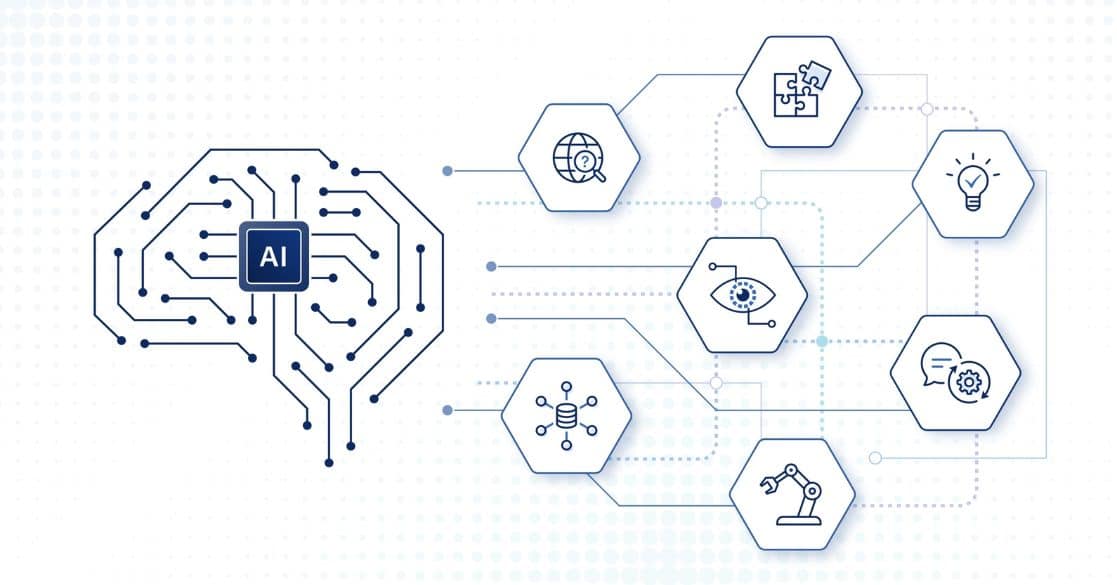AI applications are transforming the workflow of professional users (as they allow them to carry out tasks faster, smarter, and more effectively). Autoping scheduling tasks to high-quality content generation are among the most effective tools for automating workflow and improving efficiency that is used with AI.
Here are must-try AI tools that will help you make great productivity at the top in 2025.
1. Motion AI – Smart Scheduling & Time Management
Motion AI, now a part of HubSpot, offers smarter scheduling and time management. It is an AI-powered scheduling tool that automates task prioritization, project management, and meeting scheduling. It integrates with HubSpot to help companies streamline their workflow and improve productivity.
Key Features:
- AI-driven calendar for automatic scheduling
- Prioritization of tasks based on deadlines and workload
- Streamlined meeting booking system for effortless appointment scheduling
Why Try Motion AI?
As part of the HubSpot platform, Motion AI allows entrepreneurs, business owners, and teams to streamline their scheduling, reduce manual work, and focus on what truly matters: growing their business.
2. Tome AI – AI-Powered Presentation Generator
Tome AI uses artificial intelligence to automatically build attractive presentation slide decks. This AI presentation tool automates design operations, allowing users to save time while producing high-quality visual materials.
Key Features:
- AI-generated slide decks with auto-formatting
- Engagement analytics to track audience interaction
- Customization tools for brand consistency
Why Try Tome AI?
Perfect for professionals who need fast, impactful presentations. Whether you’re creating a pitch for a potential client or an internal report, Tome AI provides a seamless process to get the job done with minimal effort.
3. Pictory AI – Convert Text into Videos
Pictory AI Pictory AI functions as a video creation tool that transforms written information into dynamic video content for marketing needs or social media usage.
Content creators benefit from this AI-powered tool because it enables them to convert articles and blog posts into video content easily.
Key Features:
- Transforms articles, scripts, and blog posts into videos
- Automatic captions, voiceovers, and transitions
- Easy-to-use AI-powered editing tools
Why Try Pictory AI?
For marketers, social media managers, and content creators looking to leverage the power of AI for content creation, Pictory AI provides a simple solution to increase engagement and repurpose written content into video format.
Explore the best AI video editor and generator tools to streamline your video creation process.
4. Taskade AI – AI-Powered Project Management
Taskade AI acts as a personal assistant for managing projects. This AI project management tool helps you organize your tasks, collaborate with teams, and automate workflows to stay productive.
Key Features:
- AI-powered task lists and project management
- AI-assisted brainstorming for business and marketing strategies
- Smart workflow automation to handle repetitive tasks
Why Try Taskade AI?
Ideal for teams and entrepreneurs looking to improve their productivity, Taskade AI automates tasks and optimizes workflows to ensure you meet deadlines efficiently.
5. HyperWrite AI – AI Writing Assistant
Struggling to create top-notch articles or posts? HyperWrite AI rolls in as your savvy AI writing sidekick, all set to speed up your writing process. This helper takes the load off your shoulders, fine-tuning and refining your words to make sure they sound like a real person wrote them.
Key Features:
- AI-generated blog posts, speeches, and marketing copy
- Custom personas for a personalized writing style
- Academic research assistance with citations
Why Try HyperWrite AI?
Whether you’re a blogger, marketer, or business professional, HyperWrite AI helps make engaging content while keeping a human-like quality in your writing.
Discover the top AI writing tools to enhance your content creation and productivity.
6. ChatGPT – AI-Powered Conversational Assistant
Developed by OpenAI, ChatGPT is a powerful AI chatbot capable of understanding and generating human-like text. From brainstorming new ideas to editing draft documents, ChatGPT streamlines communication and content creation through natural and dynamic conversation.
Key Features:
- Real-time, context-aware responses to queries and prompts
- Versatile use cases: coding assistance, creative writing, language translation, and more
- Integration with various platforms for automated customer support and virtual assistance
Why Try ChatGPT?
ChatGPT is ideal for anyone seeking quick insights, research help, or writing support. It acts as a reliable conversational partner—whether you’re drafting emails, troubleshooting problems, or simply brainstorming ideas.
Conclusion
By 2025, AI tools are changing the way we work. From AI writers to AI project managers, these tools help working professionals save time and improve their work performance. Whether help is required for scheduling, presentation making, or content writing, some AI tools would help in getting the work done.
Find the right tool for you and start working towards productivity!
Enrol in our Artificial Intelligence and Machine Learning course for theoretical principles and hands-on experiments if you’re curious about learning about AI and its latest developments. Or, for basic understanding, you may also enroll in our Free Artificial Intelligence Courses.









